

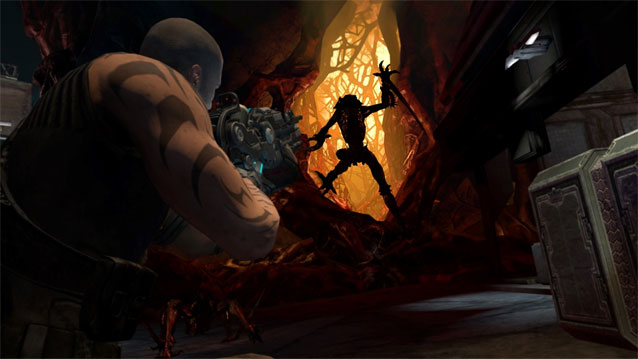
THQ’s recent decision to kill the Red Faction series reeks of mismanagement rather than bad games. The developer behind Red Faction, Volition, Inc. is one of the best technical developers in the world. The group created Saint’s Row, and Red Faction. Its roots grow from the seminal Descent series on PC. They created the immensely powerful Geo-Mod engine which has spanned two console generations and has inexplicably powered nothing but Red Faction games. THQ’s recent decision to kill the Red Faction series reeks of mismanagement rather than bad games.
The Red Faction series has had two major releases in this console generation with an aggregate Metacritic score of 78 across all platforms. That’s not bad by any stretch of the imagination, and when considered against the rest of THQ’s core lineup (excluding sports and licensed titles) the Red Faction games are some of THQ’s best in terms of critical response.
No one is under some sort of spell that critical response is the true determinate of financial success. Just look at THQ’s own Homefront, which flopped upon review but hovers near three million copies sold. However sales of the Red Faction series have never been an issue until the June release of Red Faction: Armageddon. We know this simply because Red Faction games would not continue to be made if they weren’t raking in a profit.
2009’s Red Faction: Guerrilla raked in an aggregate Metacritic score of 83 and had a sell through of over 1.5 million despite a delayed PC launch. Guerrilla is even cited in THQ’s Q1 2009 investor report as helping the company turn a profit. So how did we get from 1.5 million with Guerrilla, to a low enough number with Armageddon that THQ saw fit to murder the entire series?
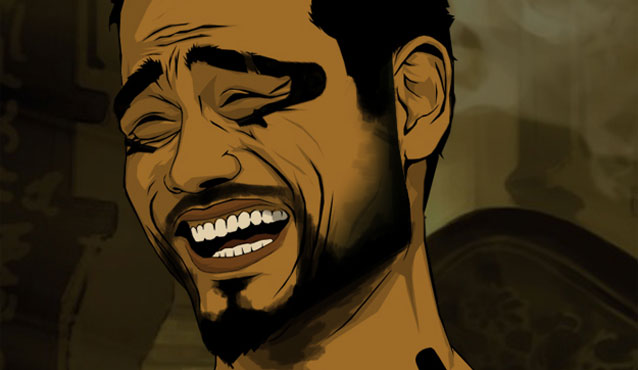
With Guerrilla, THQ was met with a clear critical and commercial success. Gamers and journalists had few, but clear and valid complaints about Guerilla. The game had a barebones story that did not live up to its potential or its fans expectations. It was uninteresting, tired, and something everyone had seen before. Red Faction is a franchise that is founded on political struggle, ideals, and freedom. There are plenty of clear ways and examples to humanize that premise and tell a story worth listening to. Unfortunately THQ did not help Volition, a studio that historically has problems with art direction and storytelling, do this. Volition is and always has been a technically sound studio that creates games with more explosions than anything that isn’t named ‘Splosion Man. The fact of the matter is that THQ didn’t do enough to build a marketable and potentially profitable mythos around Red Faction universe. No, a SyFy movie doesn't count, at all.
The larger problem of Guerrilla though was the open world structure of the game. The game is set on a lightly colonized Mars, so, as expected there was more empty space than anything else. The major problem with empty space is that there isn’t anything to do on it. Volition inexplicably kept players driving, and driving, and driving across the Martian expanse towards mission start points for what amounted to a resounding ‘no reason.’ This was the most harshly critiqued part of Guerrilla and it likely resulted in Armageddon’s release as a linear game.
THQ missed the forest for the trees though and made decisions about Armageddon that sound great in a boardroom but simply did not make sense in the context of the Red Faction series. In a way, THQ answered all of the complaints and issues consumers and critics had with Guerilla. The problem was that seemingly every answer THQ gave to our questions was wrong. The largest of these was the setting. Armageddon was in fact, a linear game. This was a move in the right direction. It seemed that with a linear direction we could trade in the freedom of an open world for a focused experience that could deliver amazing set piece destruction. What marred the linear direction was that the game took place nearly entirely underground. We were given an engine, gameplay, guns, and powers built for destruction a truly epic scale and then we were placed in a series of claustrophobic, indestructible tunnels. So let’s be clear, it was not the linear direction that killed Armageddon. It was the new setting sucking the soul out of the gameplay.
The problems didn’t end with the tunnels, but what they contained. For reasons no one will ever understand the primary enemies in Armageddon are aliens. Through astute analysis and investigation I’ve discovered the true reason there are aliens in the game. In a tower high above plebes like us, there was someone important with THQ tattooed on one cheek and asshole on the other. This man said that Red Faction needed aliens. When someone with a brain asked why, he responded “Aliens are Dead Space, plus sales, and fuck, cool man.” As a result of that decision, there are aliens in Red Faction: Armageddon. Aliens have never been in Red Faction games before—the series has always been about politics, ideals, and freedom and now the primary enemies in the game were non-sentient aliens. The inclusion of aliens flipped the setting on its head.
Despite the aliens' inability to fit into the ethos and ideas of the series, there was still hope for a decent story. The human element had huge potential to shape the story. This was a noted push by THQ and Volition. The game’s linear shift was supposed to help focus the story. However, the human struggle for survival against the alien onslaught was boring, and largely outclassed by other games, particularly THQ’s own Metro 2033—it brimmed with life, humanity, and a very real fear of extinction.
This was THQ’s best opportunity and biggest mistake. Despite the publisher being smaller than its rivals, its talent pool runs deep. The publisher needs to learn to leverage the various skills its studios excel in. Volition is an incredible technical studio that simply bit off more than it could chew in the art department.—Armageddon’s human settlements look lifeless; the aliens in the game would be complimented by being called derivative. THQ should have recognized this and brought in expertise from across the company. Teams it owns that have stellar art teams include Relic, Blue Tongue, and Vigil. The publisher’s cozy relationship with 4A games (Metro 2033) could have aided the development of Armageddon. There is every reason to believe for that THQ's talent pool can cross studio lines and improve games across the publisher's entire lineup. Essentially, there is no excuse for Armageddon to have lifeless underground environments when THQ published a game that was lavished with praise for its underground environments that pulsed with the human condition.
The corporate influence on the direction of Armageddon is clear. The company was shooting for Dead Space. Red Faction has creative weaponry already, so all that was left was to hamfist claustrophobic environments and aliens into the design and it was a surefire hit. So imagine the shock when critics panned a game that had had its soul sucked out. The problems were numerous, the cause was unclear, and the solutions were nowhere in sight. Somehow, some way, THQ had fucked up something as cool as the Magnet Gun. That’s why we were so disappointed with the game. That’s why we didn’t buy the game. Instead of the fun, spunky sequel that we wanted THQ coughed up a lifeless mix of corporate influence and good gameplay mechanics that were always at odds with each other. The result was a sales disaster for THQ, an uncharacteristically lackluster performance from Volition, and a crushing disappointment to the longtime fans of Red Faction.

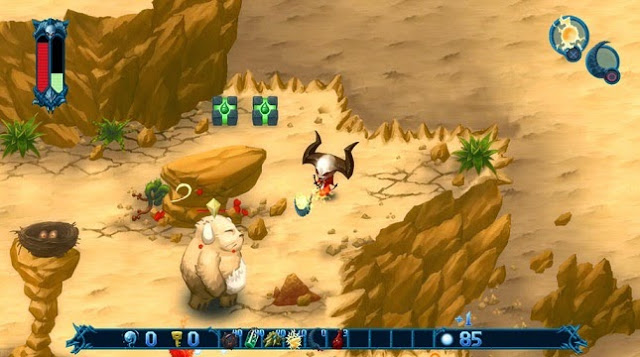


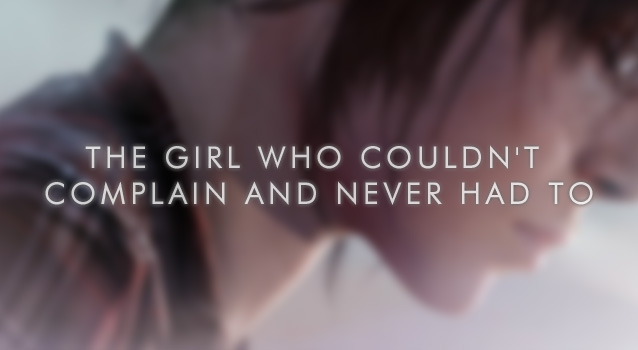 The Girl Who Couldnt Complain And Never Had To
The Girl Who Couldnt Complain And Never Had To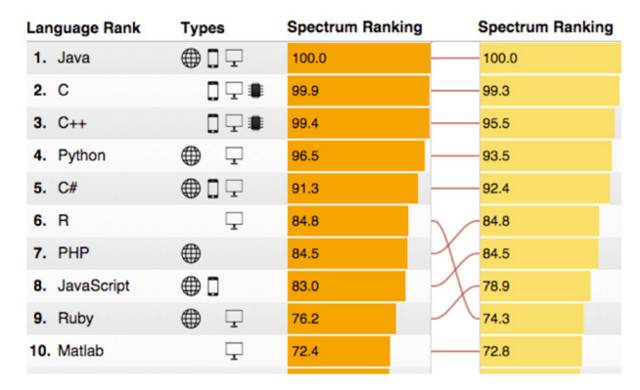 The Best Free Places to Learn R Programming Today
The Best Free Places to Learn R Programming Today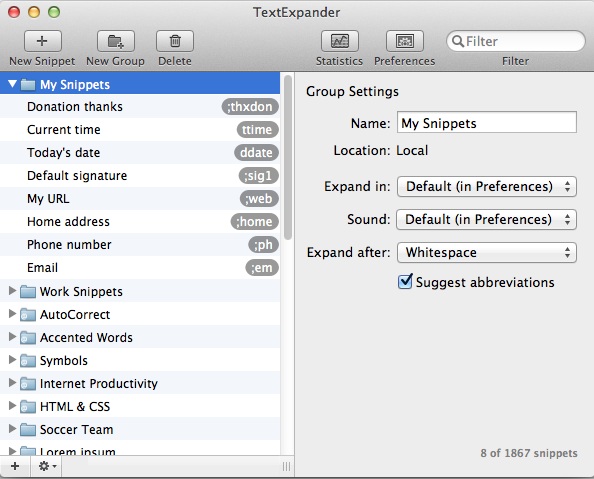 50% Off TextExpander 4, Ends September 13
50% Off TextExpander 4, Ends September 13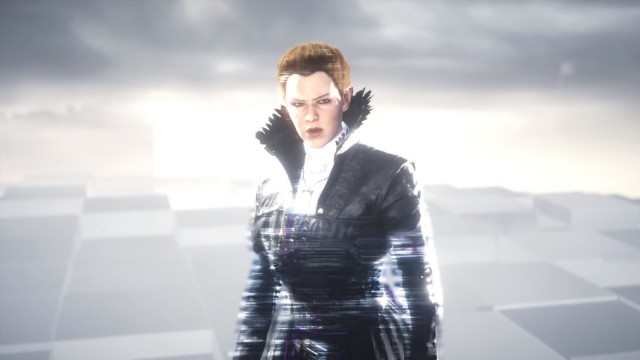 Sequence 6 - A Thorne in the Side: Kill Lucy Thorne - Assassin's Creed Syndicate Walkthrough
Sequence 6 - A Thorne in the Side: Kill Lucy Thorne - Assassin's Creed Syndicate Walkthrough Shut Up and Take My Money: Top 25 Skyrim-Themed Crafts
Shut Up and Take My Money: Top 25 Skyrim-Themed Crafts